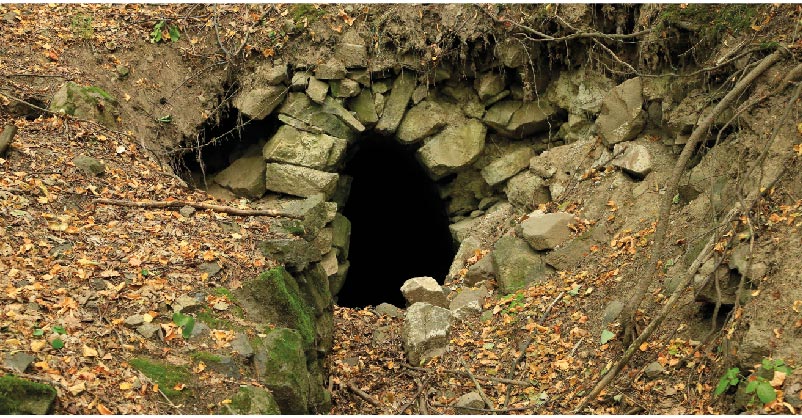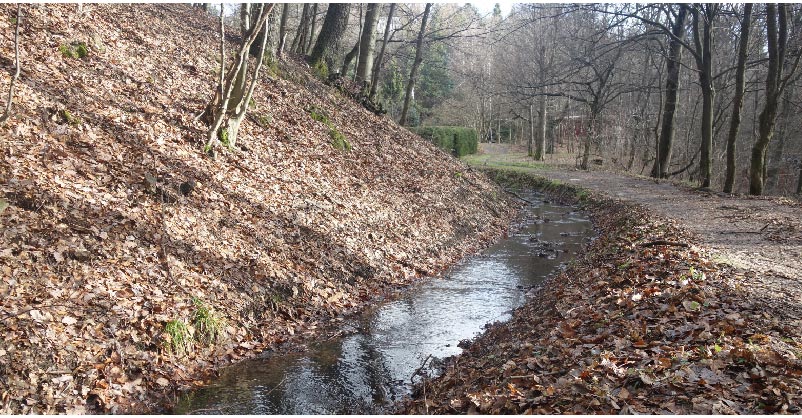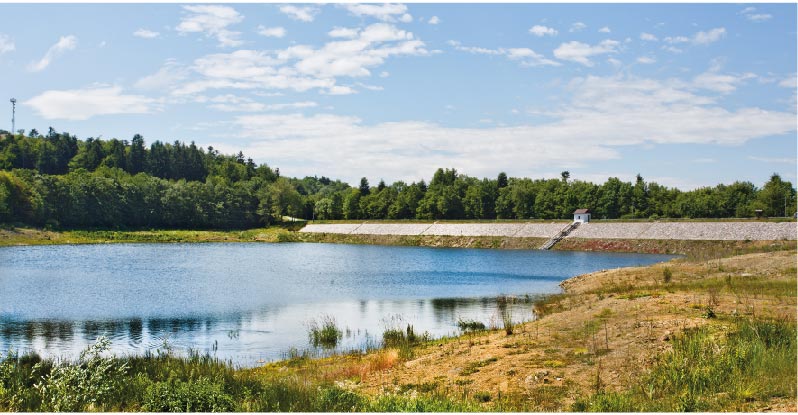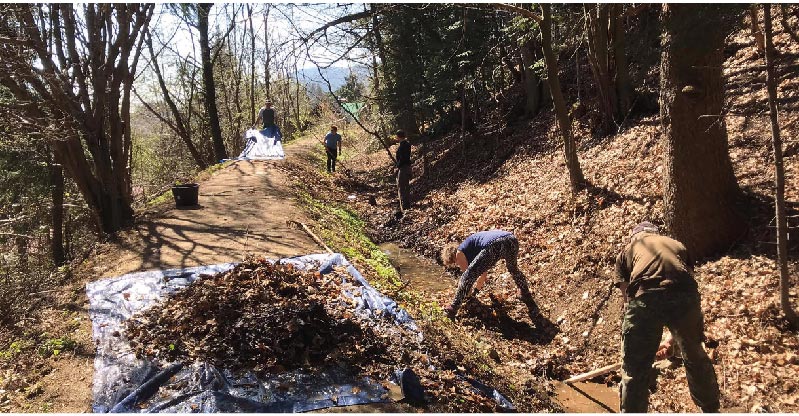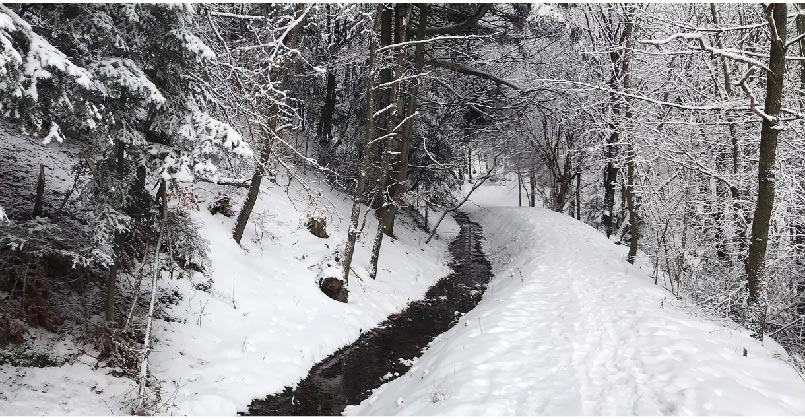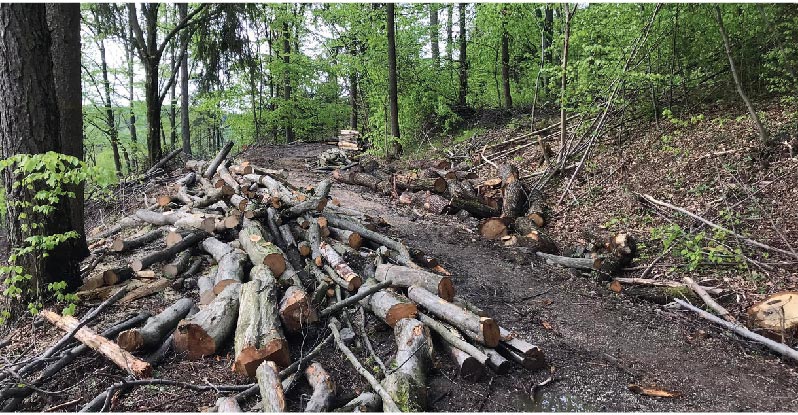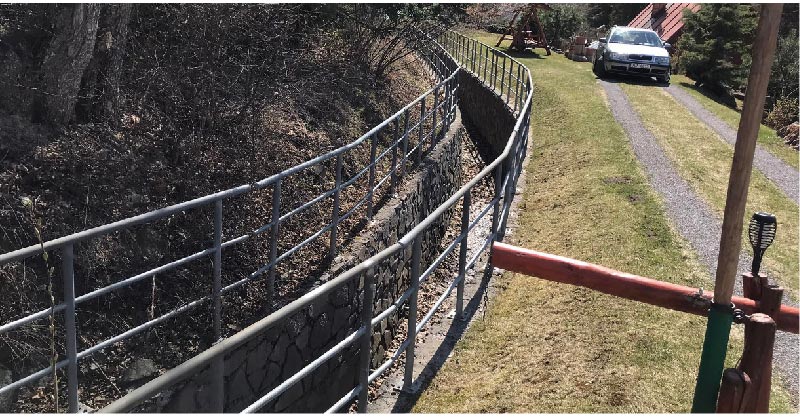From the 16th to the 19th century, a unique water management system was created in Banská Štiavnica and its vicinity, which served the local mines. The water management system consisted of water channels – collecting ditches, which concentrated surface water from Štiavnické vrchy (Štiavnica mountains) and brought it to the mining water reservoirs (tajchy). Tajchy are water reservoirs that were built to accumulate surface water from the collecting ditches. Water from the tajchy was discharged into water canals – transporting ditches that brought water to the shafts. Here, the water was piped into the depths of the mine, where the obtained water energy powered pumping machines that pumped groundwater out of the flooded mines. Once the groundwater was drained, the miners could continue extracting gold and silver. Water-powered processing facilities also operated in Banská Štiavnica and its vicinity, which processed the extracted ore from the mines. For centuries, the Banská Štiavnica water management system set in motion more than a hundred water-powered devices. he system consisted of about 60 tajchy, 170 km of ditches, and 15 water tunnels.
Tajchy – dams and reservoirs
Tajchy are earthfill dams. The dams were filled with the earth from the nearby area. From the point of view of the construction of dams, we can divide tajchy into homogeneous and heterogeneous. Homogeneous tajchy are older, lower, and more massive. The body of such a dam consists of one or more types of soil with similar properties. These dams are the oldest and were mostly built before the arrival of Samuel Mikovíni. The second type is heterogeneous dams, which consist of stabilizing parts and a central sealing core. These are slimmer, higher dams with better stability. In the stabilization parts, there are mostly construction debris and in the sealing core, clay or loam. The height of the tajchy varies from 3.3 m to the highest Velká Richňava (31.9 m). Usually, tajchy have only one dam – a dam over the valley. However, there are also tajchy with two or more dams. For example, Počúvadliansky tajch has six dams.
Collecting and transporting ditches and water tunnels
Collecting and transporting ditches were open channels that were laid out along contours with a minimum slope. The slope of the collecting ditches was around 0.66% (4 feet per 100 fathoms). The transporting ditches had a gentler slope than the collecting ditches – about 0.16% (12 inches per 100 fathoms). The width of the ditches was from 0.6 m to 1.0 m, while their depth varied from 0.5 m to 1.5 m. The ditches consisted of a trough and a dyke. In order to avoid major losses and to speed up the transfer of water, some long arched parts of the ditches were replaced by water tunnels. Water tunnels were also dug along the ditch routes which transferred water from basin to basin. Building ditches and water tunnels was certainly not cheap.
Current state of the water management system – UNESCO technical monument
In 1993, Banská Štiavnica – and the technical monuments in its vicinity – was inscribed on the UNESCO World Cultural Heritage List, the first ever Slovak town to achieve this. The first and fifth conditions for registering the city and its vicinity on the UNESCO list include a unique water management system built since the 16th century, which saw its greatest growth in the 18th century, made maximum use of the hydro-energy potential of the surrounding hills, and remained the most advanced water management system until the 19th century – criterion I. With exhaustible mineral resources, the city became vulnerable with its historic urban structure in disintegration, and the handling of a unique water management system that needed to be protected was threatened – Criterion V.
In a few months, it will be exactly 30 years since the inscription of the Historical Town of Banská Štiavnica and the Technical Monuments of its Vicinity on the UNESCO list. In this part of the article, we present a brief recapitulation of what could and could not be saved in those 30 years. We will focus only on the first – the most important criterion for registration in UNESCO, namely a unique water management system and a description of its current state.
In total, there are currently 26 registered Banská Štiavnica tajchy in Štiavnické vrchy, divided into 8 water management systems. Of them, 22 tajchy were transferred from the management of Rudné bane, state enterprise, or from the ownership of the city of Banská Štiavnica to the administration of Slovenský vodohospodársky podnik (Slovak Water Management Company, hereinafter SVP). The other three tajchy are privately owned, and the last tajch is in the administration of Lesy SR, state enterprise (Forests of the Slovak Republic); 23 tajchy reach the maximum operating level. Of the remaining three tajchy, one has been at a minimum water level since its construction. The functional objects were removed from the second tajch, and thus water accumulation is not possible in the reservoir. The dam on the third tajch was damaged during the 20th century, so it can no longer hold water. There are three other smaller tajchy at risk, whose reservoirs are on the verge of being filled with sediments. A total of 18 tajchy were declared national cultural monuments in 1955 and 1979 (10.46555/VTEI.2022.09.001 NKP). In the period from UNESCO inscription (1993) until now, in addition to some listed tajchy, selected objects such as a dam, a safety spillway, bottom outlets etc., have also been declared as monuments. A total of 13 tajchy have been renovated since 1993, either by the administrator, the owner, or another institution.
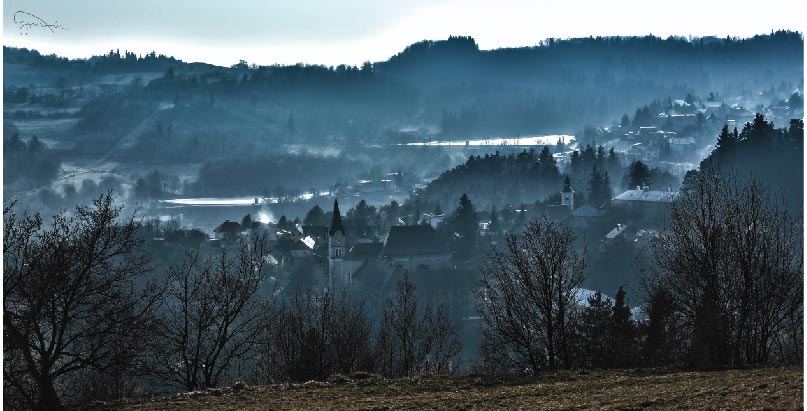
Fig. 1. Štiavnické Mines – Veľká Windšachta, Evička (Photo: S. Červeň)
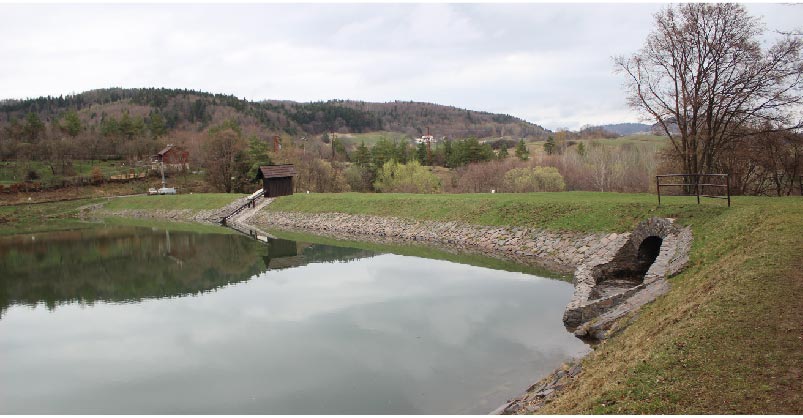
Fig. 2. Beliansky tajch – summit reservoir of Belianska water management system (Photo: S. Červeň)
Fig. 3. Water tunnel (Photo: S. Červeň)
Fig. 4. The main Richňava collecting ditch (Photo: S. Červeň)
Fig. 5. Veľká Richňava after reconstruction (Photo: S. Červeň)
Fig. 6. Collecting ditch during restoration by CA (Photo: S. Červeň)
Fig. 7. Collecting ditch after restoration by CA (Photo: S. Červeň)
Fig. 8. One of the collecting ditches destroyed by logging (Photo: S. Červeň)
Fig. 9. Inappropriate reconstruction of one of the collecting ditches (Photo: S. Červeň)
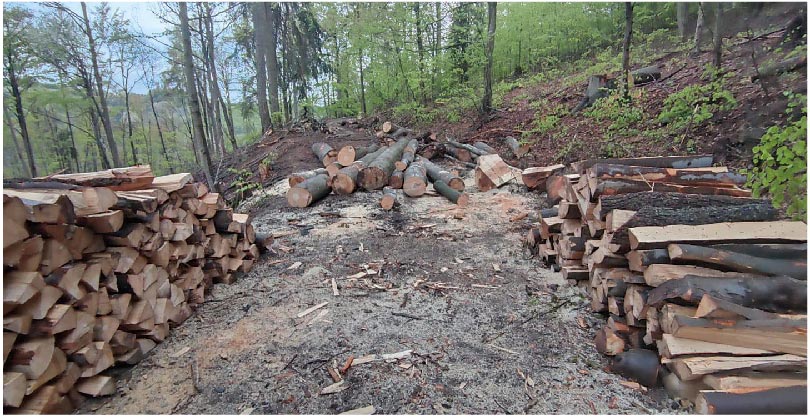
Fig. 10. One of the collecting ditches destroyed by logging (Photo: S. Červeň)
Štiavnický tajch Civic Association
If in the previous part of the article we talked only about tajchy, in the following one we will evaluate the state of the water management system and its parts – collecting and transporting ditches. In 2011, the Štiavnický tajch Civic Association (hereinafter CA) was founded, thanks to which 73 collecting and transporting ditches and 15 water tunnels were identified in the field over the course of 10 years, with the help of historical maps from the 18th to 20th centuries.
We have divided the current state of collecting and transporting ditches into six groups (in km):
- functional: 2.5 ditches
- preserved: 7.5 ditches
- visible: 13 ditches
- deformed: 11.5 ditches
- not preserved: 20.5 ditches
- non-existent: 18 ditches
Of the total number of ditches, only 2.5 km are functional and maintained. Currently, only 7 ditches have the status of a national cultural monument and are under the protection of the Monuments Act. The other ditches, as UNESCO technical monuments, are protected in accordance with Act no. 100/2002 of 30 January 2001 on the protection and development of the territory of Banská Štiavnica and its vicinity. The declaration of other collecting ditches, transporting ditches, and water tunnels as national cultural monuments is constantly being delayed, which leads to their constant damage. The most frequent causes of the damage of collecting and transporting ditches lie in the ignorance of the owner, manager, or lessee of the land about their occurrence, which is almost incomprehensible in a UNESCO site. Ditches are often removed during forest management – logging, processing, extracting wood, and transporting the harvested wood along the dyke of the ditch. Most of the ditches were damaged in this way. Another reason for the damage of the UNESCO technical monument is the private owners, especially in the cottage areas around the tajchy, who often have access roads to the properties built through ditch channels. In this case, the ditches are damaged by motor vehicles, and even by backfilling the ditches, creating crossings, or building parking areas in the ditches. Incomprehensible are some reconstructions of ditches, where earthen trapezoidal troughs are replaced by concrete ones. This kind of damage of UNESCO’s technical monuments has nothing to do with the protection of world heritage and is an indication that something is wrong. Of the total 170 km of ditches that were built around Banská Štiavnica, only 2.5 km are currently functional. However, it is still possible to save and restore another approximately 53 km. The goal of the Štiavnický tajch CA is to protect, save, and educate the public about the unique water management system in the vicinity of Banská Štiavnica. For the protection of UNESCO technical monuments in Banská Štiavnica and its vicinity, a working group was established at the initiative of Štiavnický tajch CA, which is convened by the town of Banská Štiavnica and where proposals for the protection of ditches are presented to the relevant stakeholders. In the field, CA organizes volunteer restoration work, where selected sections of collecting ditches are saved and restored with the help of volunteers. In total, 1.5 km of one of the collecting ditches was saved and maintained within 18 months. As part of public education, CA published two publications about the Banská Štiavnica water management system; the topic is presented on social networks and the website (https://bstajchy.sk/), and there are guided tours around parts of the system and tajchy. The ultimate goal of Štiavnický tajch CA is to restore the last renewable 53 km of ditches and provide them with an administrator who will care about this extremely important UNESCO world technical monument.
Acknowledgements
This paper was created as part of the research project DG18P02OVV019 “Historické vodohospodářské objekty, jejich hodnota, funkce a význam pro současnou dobu (Historical water management objects, their value, function and significance for the present time)”, which is financed by the NAKI II programme of the Ministry of Culture of the Czech Republic.
